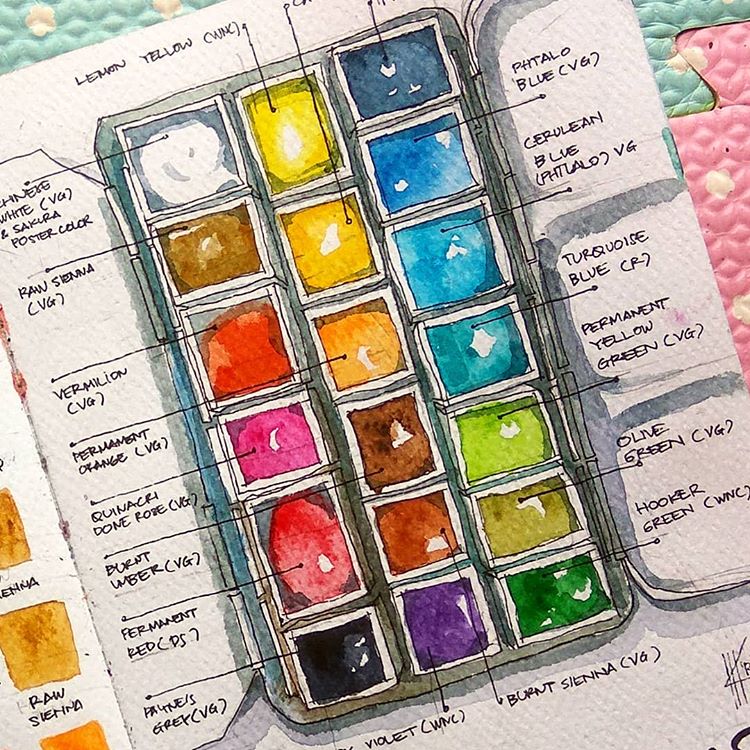
Are you yearning for the simpler things in life? Introduce watercoloring into your week as an easy way to decompress and feed your soul. It’s an inexpensive hobby to start and with a few tips you’ll be satisfied with the results. Everyone has an inner artist that is bursting to be free.
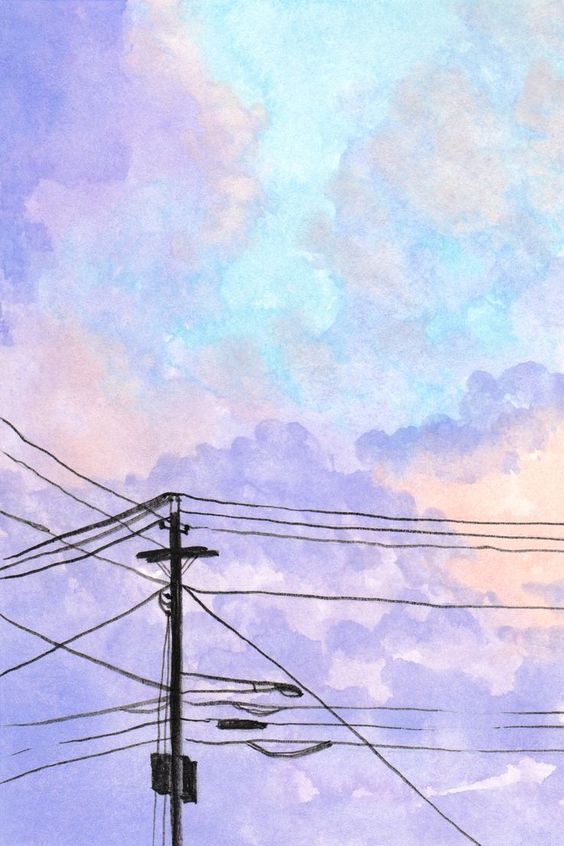
Watercoloring Brushes
The first thing you need to get started is a handful of brushes and the right kind of paint. You can start with a simple children’s watercoloring set, or step it up a notch with paints and brushes from your local art store. Most beginners start with brushes made with synthetic fibers and then work their way towards more expensive varieties. We recommend starting with a pack that include pointed rounds, flat, and liners/triggers.
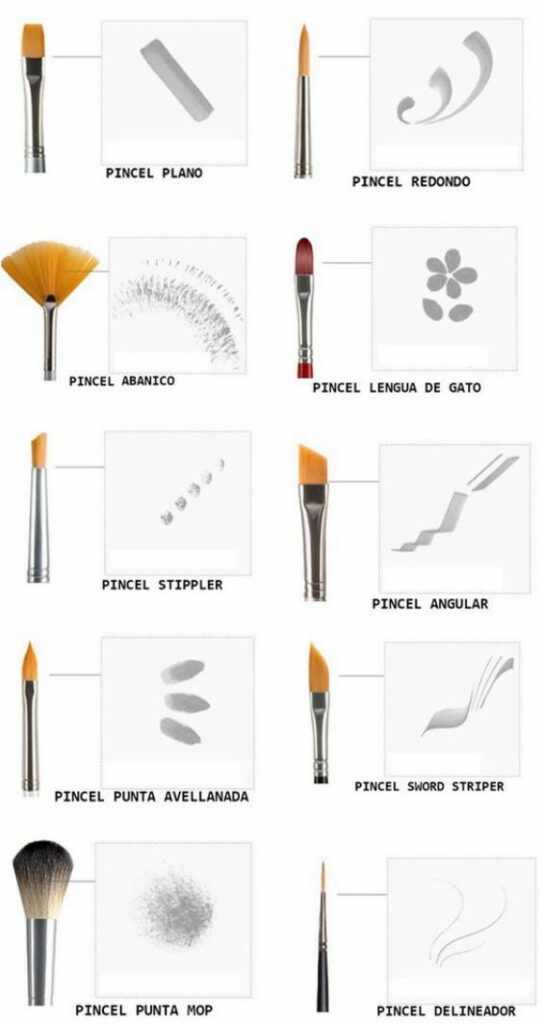
Portable Paint
One of the things that makes this art style popular is the portability of materials. The paint used for watercoloring generally comes pack in an easy-to-pack and carry palette. Start with student grade paint and about 5 or 10 colors. Look for a colorfastness grade of I (excellent) or II (good). Go to My Modern Met to learn more about paint types and test them as you go.
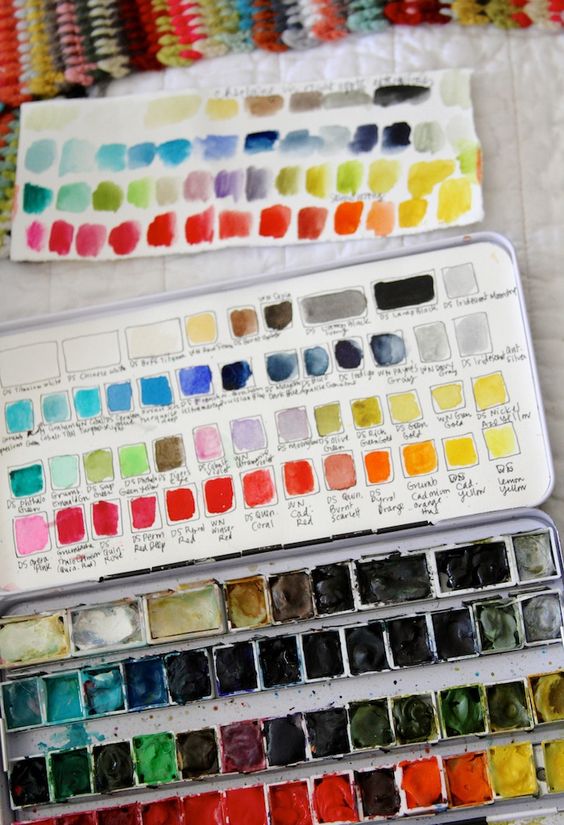
Proper Paper
The final thing to consider before starting is the right paper weight for your project. Watercoloring requires thicker paper that won’t disintegrate when using rough techniques, like scrubbing. Art is Fun is a terrific place to learn about paper types and they recommend 140 lb. weight for beginners. Once you have selected the brand and weight of paper, you can choose a texture as well.
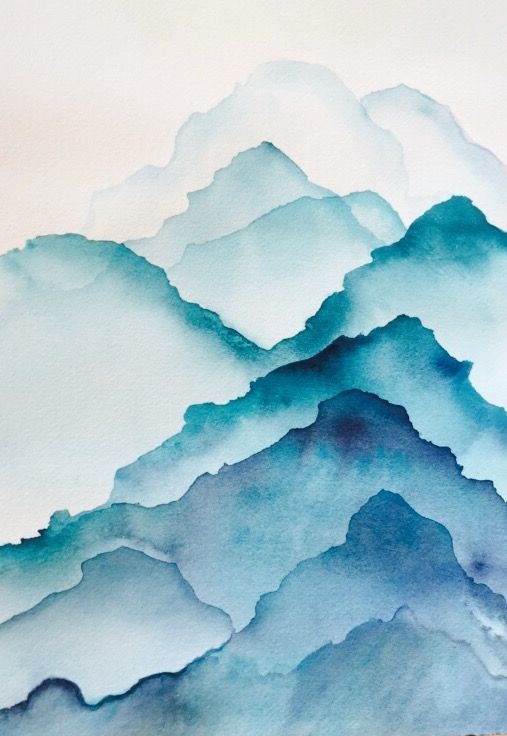
Learning Techniques
To get started, you’ll need to practice a few techniques to learn how to work with your paint, brushes, and paper. The two basic methods for watercoloring are wet-on-wet and wet-on-dry. Wet-on-wet is a process of adding plain water to the paper and then adding moistened paint. Wet-on-dry is simply adding moistened paint directly to dry paper. Both styles provide different results so they are foundational for learning the craft.
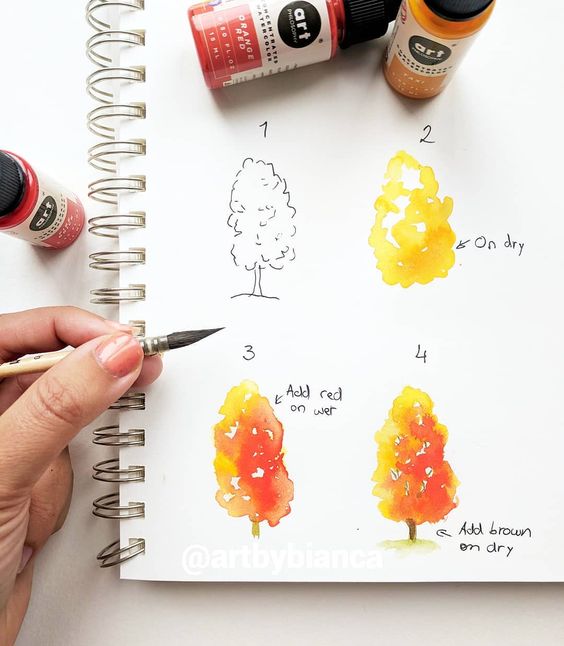
Building Color + Making Gradients
Once you understand the wet or dry techniques, you can move to the next phase in painting. Start watercoloring with one color and build from plain water to a saturated paint mix. Practice making the effect look seamless with no harsh transitions in value. Once you have mastered building up color, you can move towards using multiple colors and blending them into gradients.
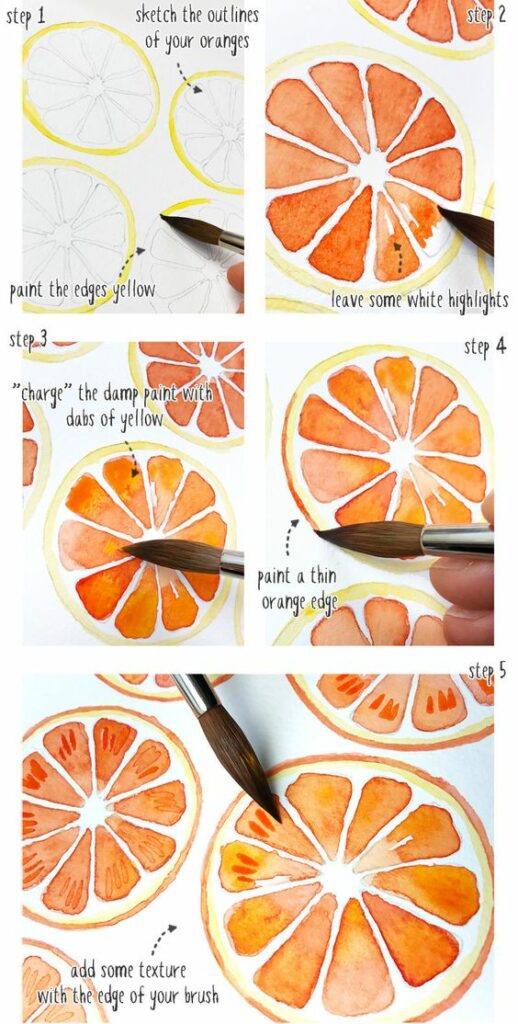
Painting With Precision
The final technique involves a fine-tipped brush and a little bit of patience. Start watercoloring with simple shapes on a dry piece of paper. Use a 50/50 combination of paint to water and practice painting around circles, stars, and triangles. Paint as close as you can to each shape without actually touching it. Artsy has a wonderful tutorial on learning these simple techniques with pictures to help get you started.
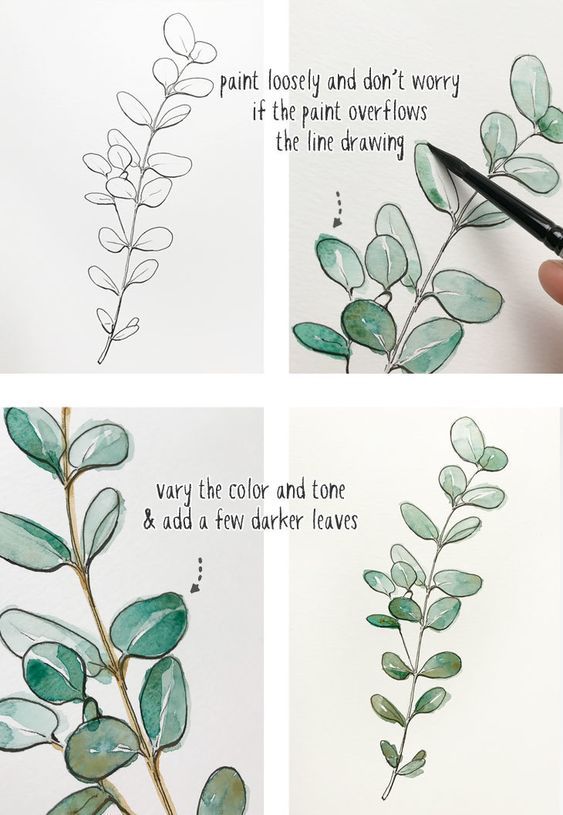
Display Your Work
Once you are finished and your work is dry, it’s time to put it on display! Showcase your watercoloring in simple frames or hang your own art on the fridge. Once you get the hang of it, you can paint custom greeting cards or tags to personalize gifts. Your painting doesn’t have to be perfect to be enjoyed and even the simplest art projects are beautiful.

I painted my shed in water colors… after this last big rain it doesn’t look so good. 😉
Dear “Dad” – lololol You’d be a great neighbour!
Girlfriend, you never fail to inspire me. And just in time for my birthday ;). I think I’ll forward this email to my husband ?
Hi,
thank you for crediting my work by making a link to my blog “les chosettes de la Hud'”, however, I would prefer that my illustrations are not used in your article.
Watercolor is not a hobby for me, making these illustrations is my real job.
You will understand that it is a problem for me to find reproductions of my work in tutorial form.
Thanks
Cécile Hudrisier
Certainly, our intention was to display your beautiful illustrations as a way to draw our readers’ attention to watercolor as an art form. We will replace the image. Our apologies.
Thank you for this! I have recently started watercolor painting, and this is perfect for me to practice with.